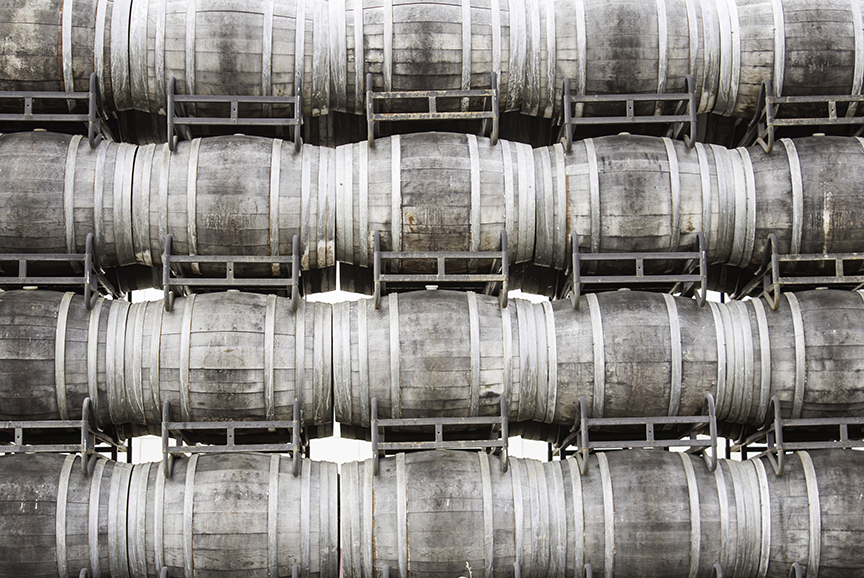Everyone loves chardonnay! Considered a ‘noble grape’ for its unique and discernible qualities, chardonnay wine is produced around the world. From France, where the chardonnay grape originated many centuries ago, to California, Australia, New Zealand, South America, and beyond, chardonnay is crafted in a wide array of different styles to suit everyone’s taste and budget.
A wonderful and versatile grape, chardonnay wines may differ drastically from one to the next. This variance is based on numerous factors, including the location of the vineyard, the viticultural practices, and of course, the actual winemaking. As in real estate, growing wine grapes is all about location, location, location! Bad wine can be made from good grapes, but good wine cannot be made from bad grapes. Everything starts in the vineyard. If the grapes are of sound quality, the wine has a strong chance of being palatable as well.
The location of a vineyard determines the annual temperatures and the amount of sun and rain the vines will receive. It also establishes the type of soil into which the vines will sink their roots, and the yearly schedule of planting, pruning, and harvest. Long ago, the Cistercian monks of France’s Burgundy region painstakingly chose the plots of land on which to plant some of the great vineyards of the world by actually tasting the soil in each location.
The finest grapes are planted on slopes to allow for sun exposure and root drainage. Vines grow best in poor soil and often do not require irrigation. The French believe that to irrigate is to manipulate the vines and to create a product that is not accurately reflective of the region and its weather patterns. In some parts of France, irrigation of vineyards is illegal. There are conflicting points of view on this issue, but very few other countries place such restrictions on growers.
Chardonnay wine can be made with or without oak. Neither version is right or wrong, but simply different and appealing to diverse palates. When crafted without oak in stainless steel tanks or cement vats, a chardonnay will be lighter in color and body, and have aromas and flavors of rich, golden apples, or tangy, tropical fruit. Old oak barrels can also be used to produce un-oaked wines as old barrels are neutral and don’t impart any flavor.
New oak barrels deepen the color of a chardonnay and lend to it toasty flavors and aromas of wood, spice, vanilla, smoke, and even coconut. Many excellent examples of chardonnay wine have been aged in new oak barrels for months or even years. But new oak barrels are not cheap, and a vineyard can go to great expense with the purchase of new barrels every year, not to mention the cost of aging their wines. Producers of less expensive wines sometimes choose to age their wines in neutral tanks and mix in oak chips or staves to add flavors of oak without the expense of new oak barrels. The theory is better than the actual practice and often the wood flavor is not well-integrated into the wines.
Chardonnay is one of the most popular grapes in the world. Stop by your favorite wine shop and ask them to recommend a few of their favorites. Try both an oaked and an un-oaked version and see which you prefer. Sample a champagne crafted from 100% chardonnay. Check out a bottle of chardonnay from South Africa and one from Napa and see how they differ in flavor and style. Buy two different chardonnays from the same company at different price points. Which do you prefer and why?
Enjoy your selections with a variety of meats, cheeses, and breads, or maybe break out some fresh oysters on the half shell – a decadent and delightful pairing! Take the time to explore the world of this marvelous grape and you’ll soon see why everyone loves chardonnay.
Cheers!

Leave a Reply